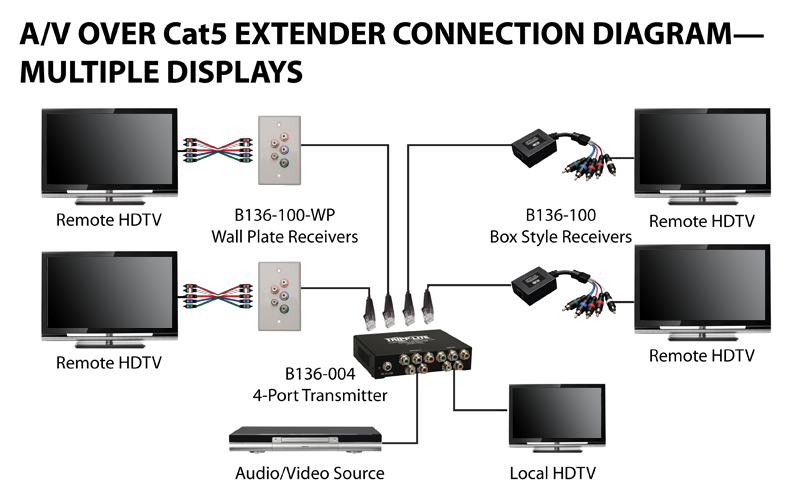Highlighting the Influence of Lighting Circumstances on Motion Identification Accuracy and Reliability
Highlighting the Influence of Lighting Circumstances on Motion Identification Accuracy and Reliability
Blog Article
Lighting conditions play a crucial role in how effectively we can perceive movement. Movement detection is a critical component of different technologies, including security cameras, automated lighting systems, and even some video games. Understanding the ways different lighting environments affect our capacity to detect motion can assist enhance the development and efficacy of these technologies. For example, poor lighting might lead to missed motions or incorrect alerts, while optimal lighting can enhance the precision of motion detection systems.
In well-lit illumination conditions, movement detection is generally more accurate. When there is sufficient light, sensors and cameras can obtain sharper images, which assists in identifying dynamic objects. Well-lit environments allow for better contrast between the dynamic object and the surroundings. This contrast is crucial for both human viewers and mechanical systems, as it facilitates it easier to distinguish between static and moving elements in a setting. Therefore, making sure that areas are adequately illuminated can significantly enhance the effectiveness of motion detection technologies.
Conversely, low-light environments can pose Continue Reading challenges for movement detection. In dim settings, shadows can hide dynamic objects, which makes them difficult to perceive. Additionally, the human eye faces challenges to detect motion in low light, which can result in misinterpretation of the situation in the surroundings. Cameras may also face challenges, as many do not perform well in dim conditions without the use of infrared capabilities or other improvements. These limitations highlight the significance of adequate illumination in settings where movement detection is critical.
Additionally, different types of illumination can have varying effects on movement detection. For instance, neon lights can flicker, which can confuse movement detection systems that depend on steady illumination input. On the contrary, natural provides a consistent source of lighting that improves clarity. Understanding these variations in lighting types can assist users in choosing the most suitable lighting for specific uses, especially in surveillance and safety scenarios.
In conclusion, the relationship between illumination environments and motion detection accuracy is significant. By making sure that settings are suitably illuminated, we can enhance the reliability of movement explanation detection systems. This understanding not only benefits technological uses but also enhances security and safety in multiple environments. As further advancements are made in motion detection technology, considering illumination environments will continue to be a crucial consideration in enhancing effectiveness and guaranteeing that these technologies function properly in various conditions.